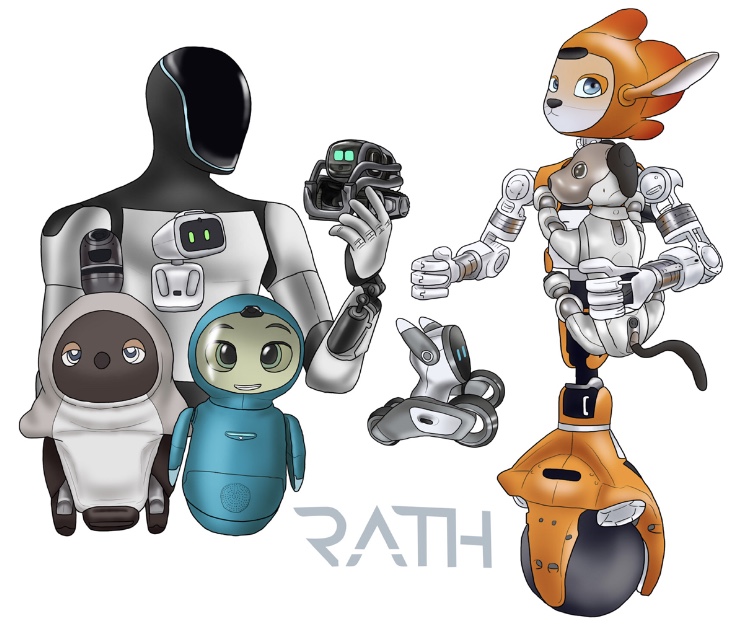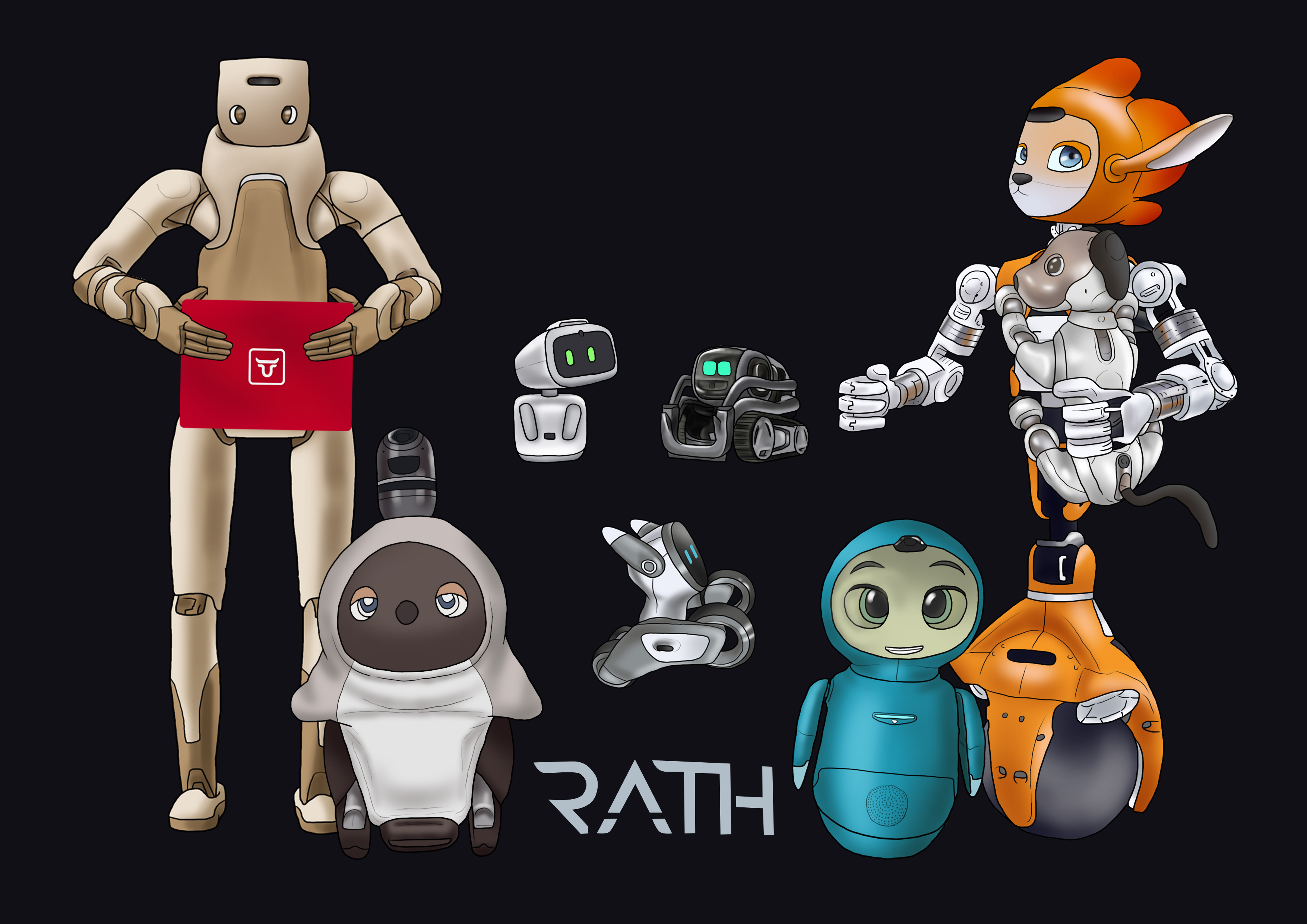No mention of Loona at this years World Robotics Conference which was held in the same city, Beijing, where Keyi Tech’s headquarters are located.
With the Chinese President focusing on transitioning China’s economy to one that is reliant on hi-tech output such as robotics, and with China producing more engineers per year than the rest of the world combined, its only a matter of time before we see a Chinese robot in every home.
Source: https://apnews.com/article/world-robot-conference-china-db705c86b9a9dc77c3506b387d82e454
Source: https://asiatimes.com/2022/07/a-tale-of-two-talents/#:~:text=China awarded 1.38 million engineering,This is a daunting disparity.
With the Chinese President focusing on transitioning China’s economy to one that is reliant on hi-tech output such as robotics, and with China producing more engineers per year than the rest of the world combined, its only a matter of time before we see a Chinese robot in every home.
BEIJING (AP) — Winking, grimacing or nodding their heads, robots mimicked the expressions of visitors at a robot expo in Beijing.
They were among the creations dazzling people attending the annual World Robot Conference, where companies showed off robots designed for a wide range of uses, including manufacturing, surgery and companionship.
The animatronic heads and humanoid robots on display at the EX Robots booth this week personified the image of what robots are supposed to be in the popular imagination, with synthetic skin and lifelike facial expressions complimented by moving arms and hands.
CEO Li Boyang said they’re ideal for roles that require interacting with the public, such as in museums, tourist attractions, school settings and “companion scenarios.”
Doggie droids — a mainstay of high tech fairs — were out in force. Canine robots shook hands with fairgoers and performed handstands on their front paws.
Elsewhere at the fair, robotic arms served Chinese tea, prepared ice cream cones, bounced ping pong balls and gave visitors back massages.
Harvesting robots demonstrated how they could pick apples off the branch, while an artist robot drew portraits of visitors.
Industrial robot arms for factory production lines also grabbed focus. One of Chinese leader Xi Jinping’s goals is to move the country’s vast manufacturing sector away from low-cost creation of cheap goods into more high-tech production, and industrial robots will be an important element of that plan.
Source: https://apnews.com/article/world-robot-conference-china-db705c86b9a9dc77c3506b387d82e454
US-China AI rivalry a tale of two talents
Much has been written about China’s numerical advantage in science and engineering. China awarded 1.38 million engineering bachelor’s degrees in 2020. The comparable American number is 197,000 (144,000 in engineering and 54,000 in computer science), or just one-seventh of China’s total.
This is a daunting disparity. But our story has to do with quality rather than quantity, with the creative handful of top graduates who are most likely to innovate.
Two years ago, former Google CEO Eric Schmidt and Harvard political scientist Graham Allison warned: “Most Americans assume that their country’s lead in advanced technologies is unassailable. And many in the US national-security community insist that China can never be more than a “near-peer competitor” in AI. In fact, China is already a full-spectrum peer competitor in terms of both commercial and national-security AI applications. China is not just trying to master AI; it is mastering AI.”
China is pulling ahead of the United States in AI, the definitive technology of the economic revolution now underway, because it directs its top talent toward the frontier of science – while America’s brightest graduates chase the low-hanging fruit of Internet applications.
Between 2025 and 2020, China expects a breakout in artificial intelligence applications to a wide range of technology. And driving this effort is an unprecedented flood of talent.
Just 3% of the generation that migrated from farms to factories after 1979 under the Deng Xiaoping reforms had tertiary education. Now 60% of Chinese high school graduates go on to further education.
But the decisive element is not the quantity but the quality: China’s aerospace and military sector hires the most talented engineers. Their American competitors can’t.
Source: https://asiatimes.com/2022/07/a-tale-of-two-talents/#:~:text=China awarded 1.38 million engineering,This is a daunting disparity.

